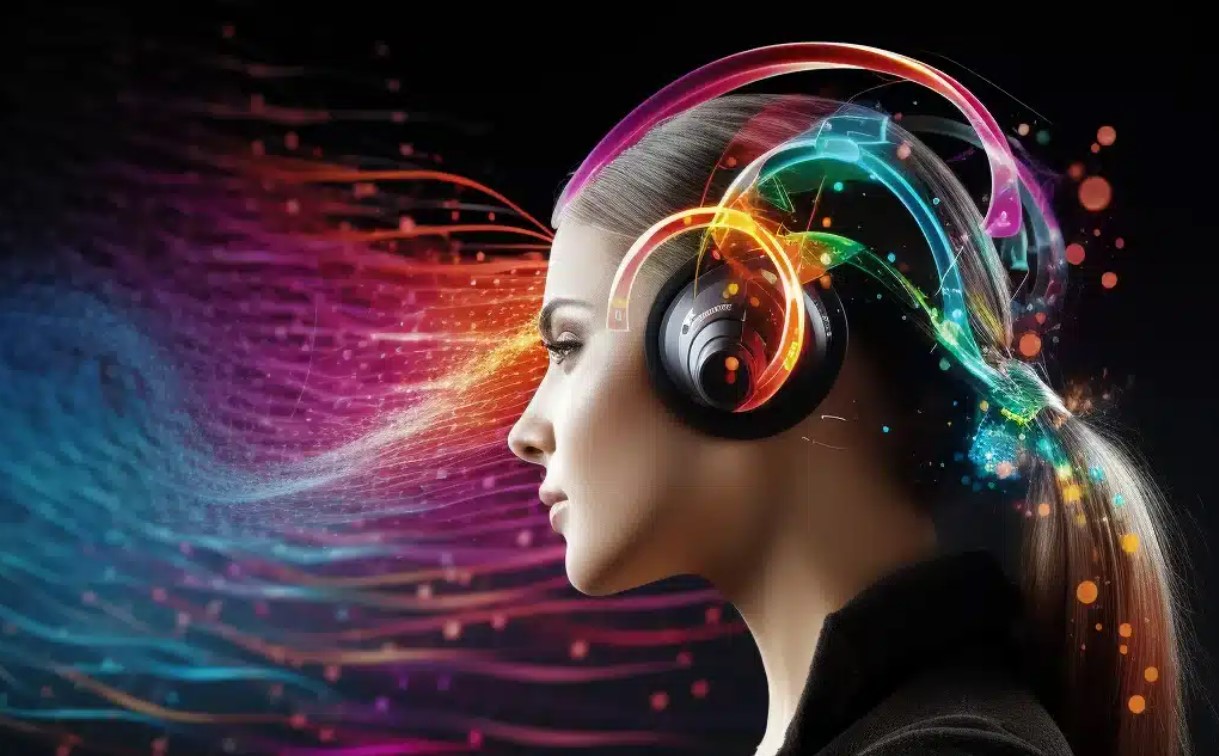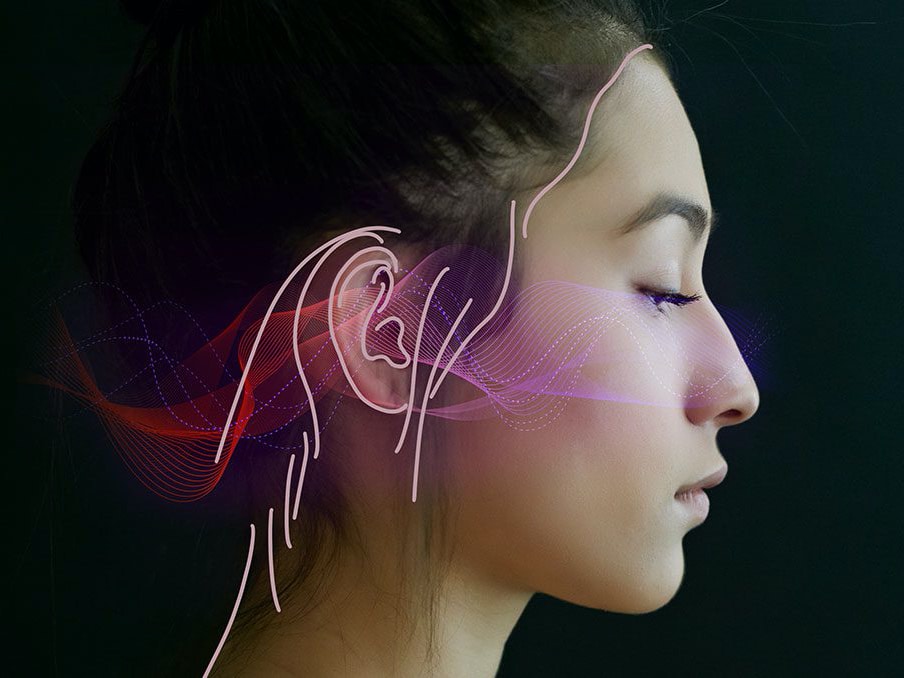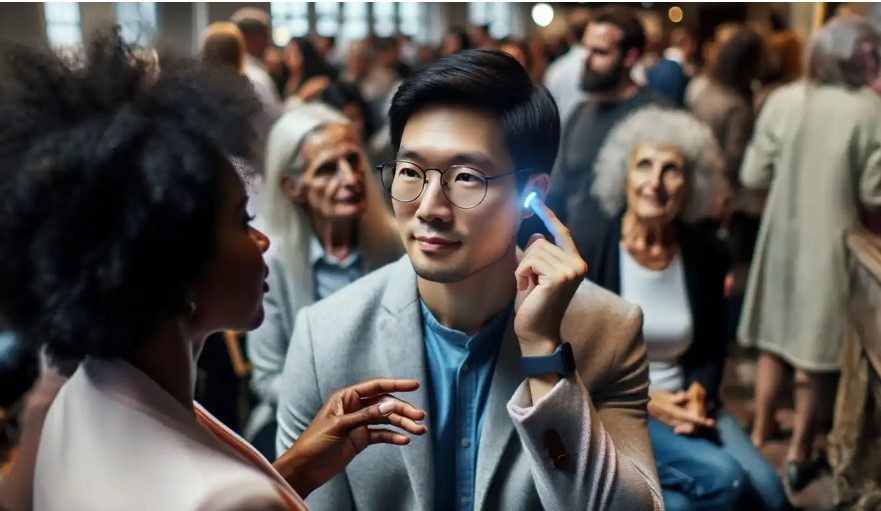
“Hearing loss is a widespread health problem that affects millions of people worldwide. It can make it hard for people to communicate and connect with others, which can be frustrating and isolating. Many factors can contribute to hearing loss, such as age, noise exposure, or certain health conditions.” [3]
“466 million people worldwide suffer from hearing loss according to the World Health Organization (WHO). The number doesn’t stop growing, mainly due to the ageing population, but also to bad habits such as acoustic contamination or listening to music at high volume. It’s estimated that in 2050 the amount will reach 900 million.” [1]
“About 8% of deaf or hard-of-hearing adults in the United States actively sought work in 2018, but fewer found it, with most only finding part-time positions—and only 39.5% employed full-time, compared to 57.5% of hearing peers. The same disparities exist in education. Despite the Americans with Disabilities Act (ADA) rules, normal schools and colleges are rarely structured in a way that allows Deaf and hard-of-hearing students to thrive, and only a few deaf and hard-of-hearing educational institutions exist. Only 18% of deaf or hard of hearing (DHOH) people hold a bachelor’s degree or above, compared to 33 percent of working-age hearing individuals.” [2]

What is the solution?
People have been trying to help those with hearing loss for a long time. Traditional methods include using hearing aids and attending therapy sessions. Each has its benefits, but they also have some limitations.
“Hearing aids are using AI to create smarter and more adaptive multipurpose devices that enhance speech, reduce noise, translate languages, track fitness and health metrics, and more.” [4]
“AI is the science of developing machines, particularly computer systems, to perform tasks that require human intelligence.
AI-powered hearing aids are set to revolutionize hearing aids in both noise and quiet. AI hearing aids listen to the millions of sounds you hear daily and make millions of fine-tune adjustments in real-time.” [4]

AI in Hearing Support Technologies
“AI is starting to be a game-changer for people with hearing loss. Here’s how it’s helping:
- Smart Hearing Aids: New hearing aids with AI can do amazing things. They can tell the difference between someone talking and background noise. So, if you’re in a busy place, they can help you hear the person you’re talking to, not all the noise around you.
- Automatic Adjustments: AI can also learn what sounds you like or don’t like. Then, it can automatically adjust your hearing aid to make those sounds clearer or softer. It’s like having a tiny sound engineer in your ear, tweaking the settings just for you.
- Clearer Calls and Videos: AI is also helping to improve phone calls and video chats by filtering out noise and making sure you hear the person you’re talking to, not the traffic outside their window.” [3]
Advantages of AI Over Traditional Methods
“AI is bringing some big improvements over older ways of helping with hearing loss:
- Personalized Sound: AI can fine-tune sounds to exactly match your needs. It’s not one-size-fits-all; it’s tailored just for you.
- Background Noise Reduction: AI is good at tuning out unwanted noise so you can focus on what you want to hear.
- Learning Over Time: The more you use AI, the better it gets. It learns from your experiences and adjusts to make sounds clearer and more comfortable.
In short, AI is making hearing support more intelligent and more personal. AI is not just a new tool; it’s a whole new way of thinking about helping people with hearing loss.” [3]
“From breaking down communication barriers to fostering inclusivity, AI is making a profound impact on the hearing-impaired community:
- Breaking Down Communication Barriers.
- Fostering Inclusivity.
- Unleashing New Avenues of Independence;
- Enhancing Auditory Experiences;
- Revolutionizing Assistive Learning;
- Social and Psychological Benefits”. [3]

Ongoing Research and Future Advancements
“Even though there are challenges, scientists and tech experts are working hard to improve AI. Here’s what they’re working on:
- Improving Accuracy: Researchers are trying to make AI understand speech and sign language even better. This means fewer mistakes and clearer communication.
- Making AI More Personal: In the future, AI can learn more about how people like to communicate and adjust to their style. It’s like having a personal assistant that knows precisely what you need.
- Lowering Costs: Tech companies and researchers are looking for ways to make AI more affordable so that more people can use it. This might mean finding cheaper ways to make devices or creating simpler apps that still do a lot of good stuff.
- Easier to Use: The goal is to simplify AI tools for everyone. This means designing them so they’re easy to set up and only need some tech skills.” [6]
“In conclusion, As the realm of artificial intelligence continues to evolve, its impact on the hearing-impaired community grows increasingly profound. From dismantling communication barriers to fostering inclusivity, enhancing independence, and revolutionizing education and healthcare, AI is ushering in an era of empowerment and transformation.” [5]

Resources
[1] https://efectocolibri.com/en/visualfy-artificial-intelligence-for-the-inclusion-of-deaf-people/
[2] https://solve.mit.edu/challenges/learning-for-civic-action-challenge/solutions/73205
[3] https://aifwd.com/field/ai-hearing-aids-how-ai-is-helping-those-with-hearing-loss/
[4] https://www.hearingtracker.com/resources/ai-in-hearing-aids-a-review-of-brands-and-models#
[5] https://www.signitysolutions.com/tech-insights/ai-solutions-for-hearing-impairment
[6] https://aifwd.com/field/ai-hearing-aids-how-ai-is-helping-those-with-hearing-loss
